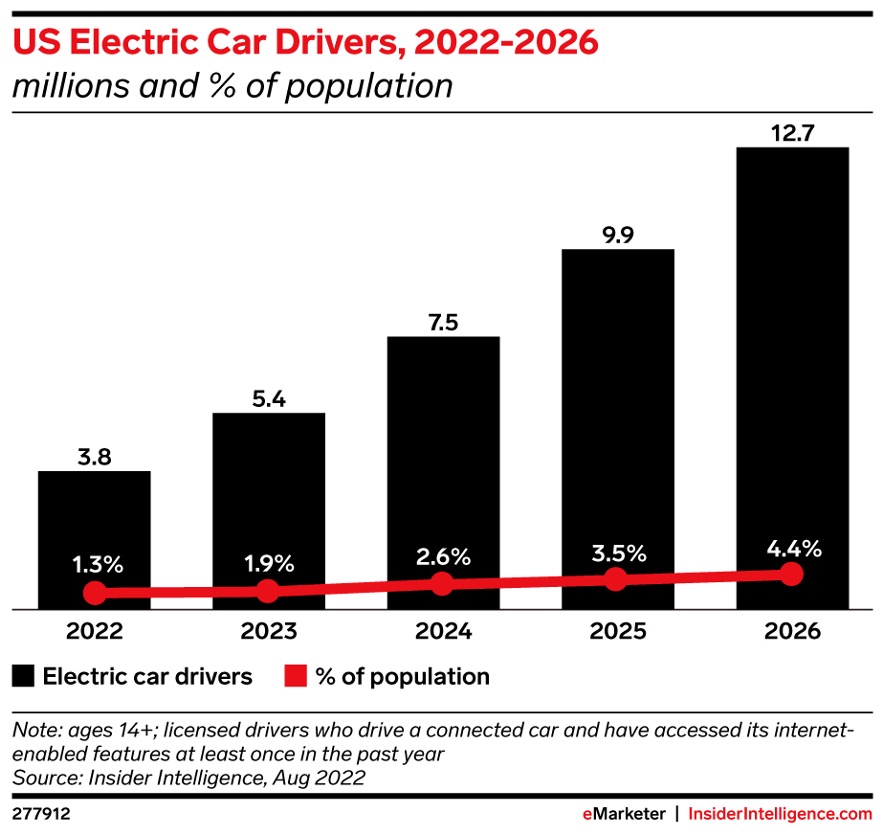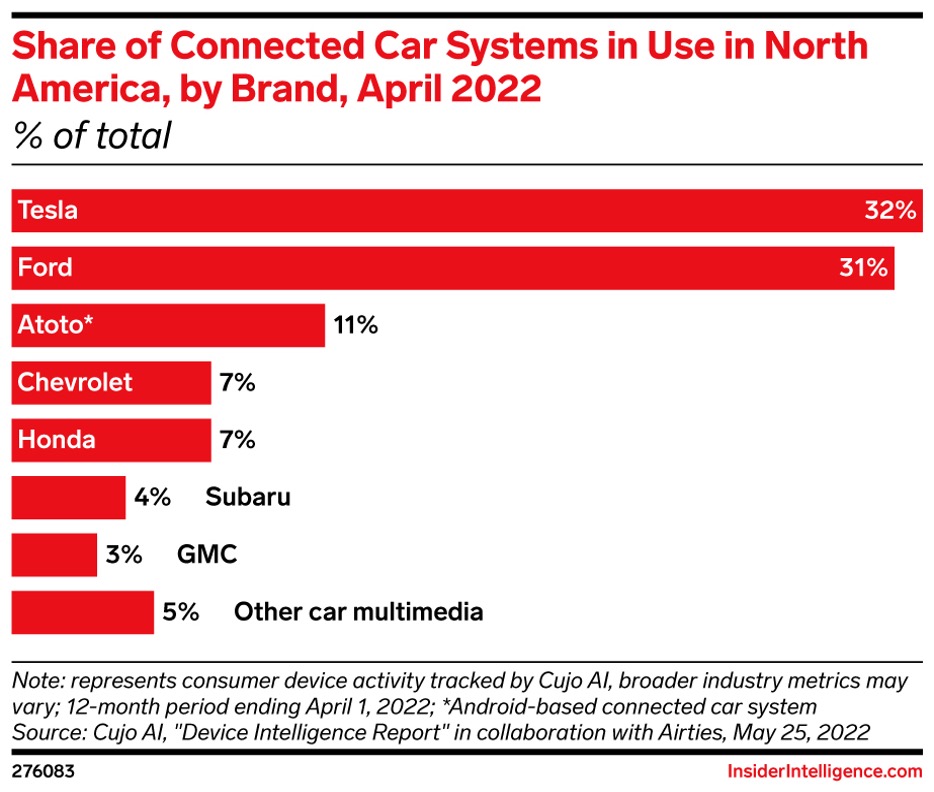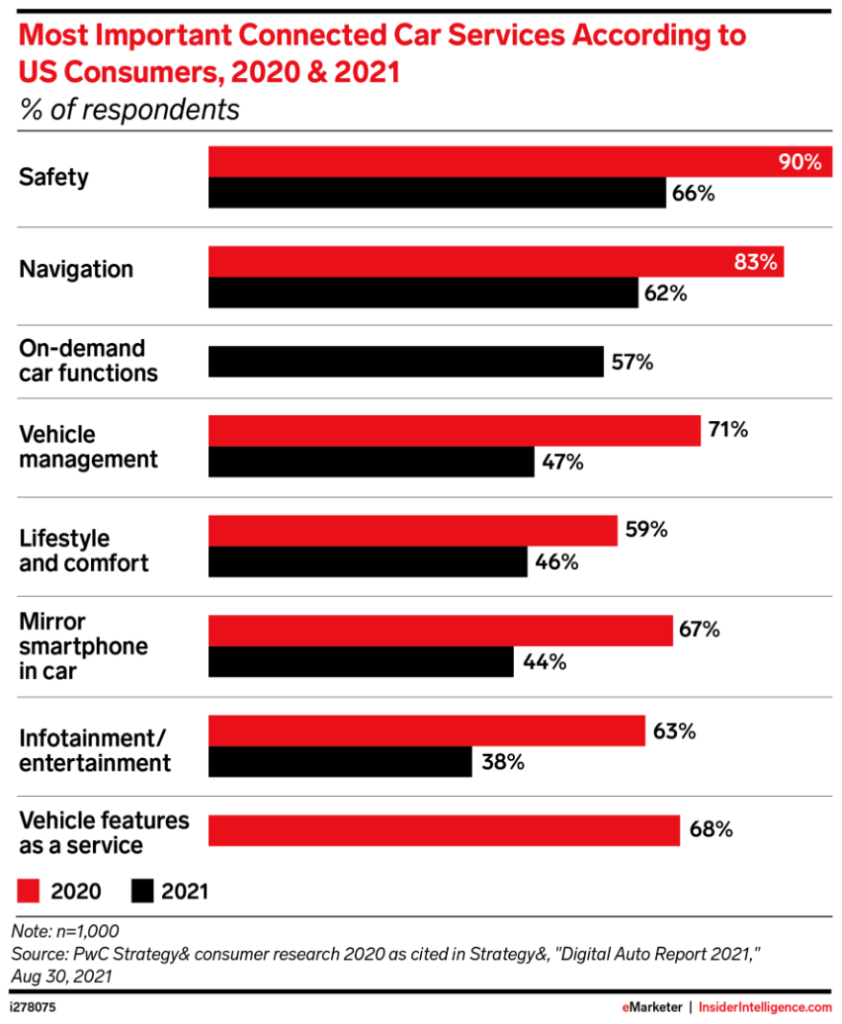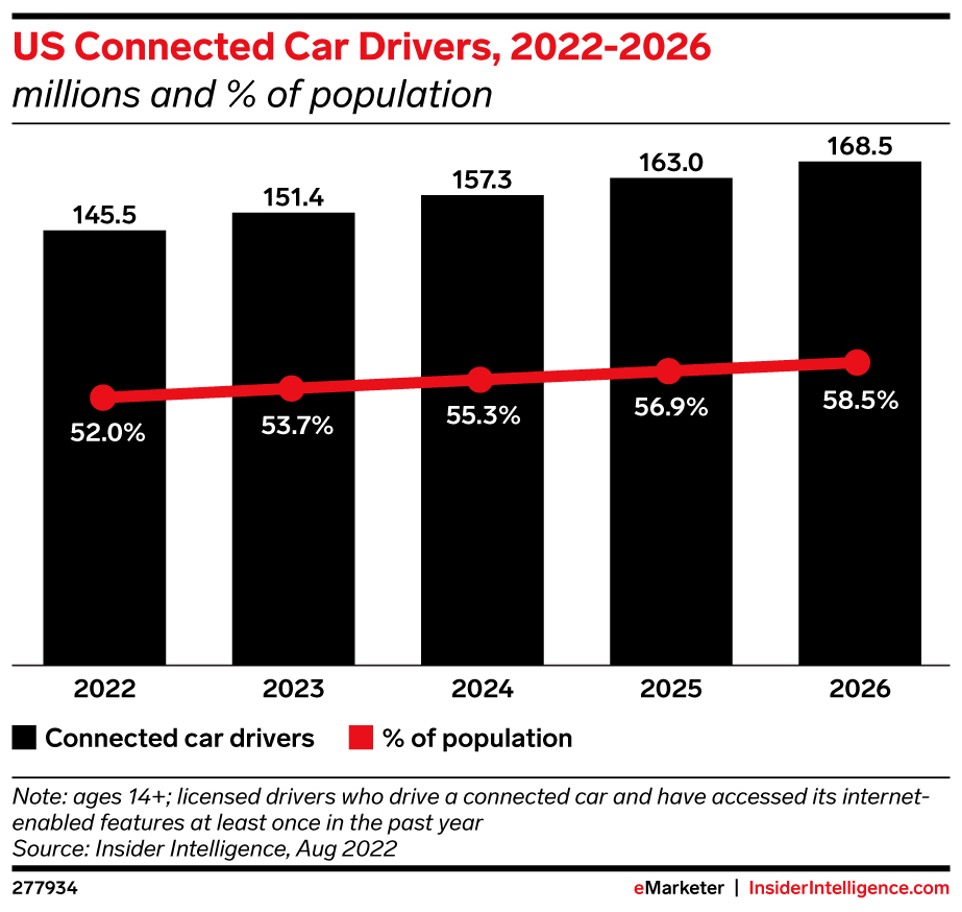Overview of the EV Car Industry
The Electric Vehicle (EV) industry is undergoing unprecedented growth and transformation, with consumers and governments worldwide pivoting towards sustainable and environmentally friendly modes of transportation.

Despite social and regulatory pressures to curb greenhouse gas emissions, according to Strategy&, 55% to 69% of US consumers still prefer IC engines. Plus, charging station availability remains a challenge.
 Key Players
Key Players
![]() Tesla
Tesla
Brand Differentiator: Tesla is recognized for its pioneering advancements in electric vehicle technology. Their key differentiator lies in their high-performance electric powertrains, autopilot capabilities, cutting-edge software updates, and extensive Supercharger network. Moreover, Tesla has established itself as a lifestyle brand that embodies innovation and sustainability.
Marketing Strategy: Tesla’s marketing strategy relies heavily on word-of-mouth, public relations, and direct customer engagement rather than traditional advertising. Elon Musk’s strong personal brand and use of social media have been pivotal in promoting the brand’s value proposition. Tesla also leverages its unique direct-to-consumer sales model to provide a personalized and seamless buying experience.
![]() General Motors (GM)
General Motors (GM)
Brand Differentiator: GM’s strength lies in its legacy and extensive portfolio of electric vehicles across different segments, from economy to luxury, under its various brand umbrellas like Chevrolet, GMC, and Cadillac.
Marketing Strategy: GM utilizes both traditional and digital media for its marketing campaigns. They also engage in partnerships, sponsorships, and collaborations with influencers and celebrities to promote their EV offerings. Their “Everybody In” campaign, for instance, promotes an inclusive and accessible future with electric vehicles.
![]() Volkswagen Group
Volkswagen Group
Brand Differentiator: Volkswagen’s key differentiator is its commitment to becoming a carbon-neutral company by 2050, with plans to introduce a multitude of electric models under its “ID” lineup. They are also investing heavily in charging infrastructure.
Marketing Strategy: Volkswagen uses a combination of traditional media, social media, and experiential marketing to promote their EVs. They have positioned their ID series as “electric for all,” focusing on accessibility and environmental sustainability.
![]() Lucid Motors
Lucid Motors
Brand Differentiator: Lucid Motors stands out for its focus on luxury, high performance, and exceptional efficiency in its EVs. Their first model, the Lucid Air, is marketed as the world’s most advanced electric vehicle.
Marketing Strategy: Lucid Motors utilizes digital platforms, including social media and YouTube, to showcase their vehicles’ performance, luxury features, and technology. They emphasize transparency and engagement, offering behind-the-scenes looks at their technology and manufacturing processes.
![]() Rivian
Rivian
Brand Differentiator: Rivian has expanded its brand image from being a high-performance EV manufacturer to a business partner for sustainable delivery solutions, evidenced by its unique partnership with Amazon.
Marketing Strategy: Rivian’s collaboration with Amazon provides an effective platform to showcase its capabilities and commitment to sustainability. It helps enhance its brand visibility and appeal to a broader market segment, including other businesses aiming for carbon-neutral operations. This partnership and customization ability serve as strong brand differentiators in Rivian’s marketing strategy.
 Consumer Trends
Consumer Trends
- Growing Demand for EVs: Rising fuel prices, increasing environmental consciousness, and supportive government policies are driving an increased demand for EVs.
- Range Anxiety: Concerns about the range of EVs and charging infrastructure remain significant factors affecting consumers’ purchasing decisions.
- Luxury and Performance: High-performance, luxury EVs are gaining popularity, showing that consumers are not just buying EVs for their environmental benefits but also for superior performance and style.

For those who make the switch to electric, Tesla and Ford are in the driver’s seat. Connectivity and a software-first approach were key to Tesla’s mission from the beginning, but Ford began overhauling its strategy in the past few years to center connectivity and electrification.
 Advertising Best Practices
Advertising Best Practices
- Customer Education: Many consumers are still unfamiliar with EVs, making education a critical component of any EV marketing campaign.
- Storytelling: Successful EV brands like Tesla and Lucid use storytelling to create a brand image that resonates with consumers, helping to drive interest and sales.
- Leveraging Digital Platforms: Social media, digital advertising, and influencers are being utilized to reach a wider audience, particularly younger, more environmentally conscious consumers.

Drivers are still mainly using connected services for safety and navigation. Another opportunity for advertisers: in-car ads. Most consumers are fine with the idea. And 53%
of drivers are open to in-car ads.
 Tools and Technology Used
Tools and Technology Used
- AI and Machine Learning: AI is being used for predictive analytics, personalization, and optimizing marketing campaigns.
- VR and AR: Virtual and Augmented Reality technologies are used for virtual showrooms and test drives.
- Programmatic Advertising: Allows advertisers to automate the buying and selling of ad space, targeting specific audiences with personalized messages.
- Social Listening Tools: Brands are using tools like Hootsuite, Sprout Social, and Mention to track social conversations around their brand and the wider EV industry.
- Connected Audio: Connected audio platforms like Spotify are being used to reach consumers with targeted ads while they’re on the go, especially considering the increasing time consumers spend in their cars due to longer commutes.

By 2026, 72.3% of licensed drivers will drive a connected car, up from 63.3% in 2022. That means 168.5 million US drivers will be connected to the internet in their cars.



